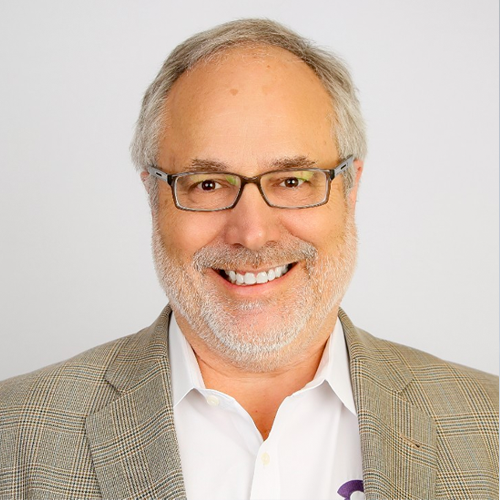Want To Get a Head Start on FCC Performance Testing for BEAD?

As the Broadband Equity, Access, and Deployment (BEAD) program transitions into implementation, broadband service providers (BSPs) need to take steps now to ensure compliance with federal requirements. With such a monumental initiative—$42.45 billion in funding is at stake—accountability is key. That’s where the Federal Communications Commission (FCC) performance measurement requirements come into play. The FCC requires BSPs to measure and report both speed and latency across their networks. These benchmarks ensure the networks being built with public funds deliver the quality of service promised to communities.
While the exact timelines for testing under BEAD remain unclear, service providers must be ready. Testing could begin as soon as the first connection is made to a subscriber’s home, making early preparation essential.
Lessons From Past FCC Testing
The FCC’s performance measurement requirements are not new. Nearly 1,000 BSPs have already conducted testing under programs like the Connect America Fund (CAF), Alternative Connect America Cost Model (ACAM), and Rural Digital Opportunity Fund (RDOF). These initiatives required BSPs to set up systems for measuring and reporting network performance at designated subscriber locations.
The process can be resource-intensive. Based on previous programs, integrating FCC-compliant testing protocols into operations often takes about a year. From establishing test servers and scheduling to configuring subscriber-side testing mechanisms, the lift can be significant—especially for those new to FCC testing requirements.
For BEAD applicants, the lesson is clear: Start now. Proactive planning ensures compliance and prevents costly delays once buildouts begin.
What BEAD Applicants Can Do Now
The good news: Preparing for FCC performance measurement requirements doesn’t have to be overwhelming. Here are three steps BEAD applicants can take immediately:
Build testing into your network design. To streamline compliance, incorporate testing capabilities at every subscriber location from the start. This “always-on” approach ensures that, when the FCC requests testing on specific broadband service locations, you can activate it without disruption.
Leverage proven systems and expertise. If your organization has experience with previous FCC testing, much of the groundwork may already be in place. But even for newcomers, adopting a proven, standardized approach can reduce implementation time and risk.
Tap into industry resources. Staying informed is critical. The FCC continues to refine its performance testing rules, and many states are introducing additional requirements such as initial connection testing. Leverage Calix expertise to stay ahead of evolving standards and access best practices.
Helping BSPs Comply With Confidence
Calix has long been at the forefront of helping BSPs navigate the complex regulatory landscape, including FCC performance testing. Backed by the comprehensive Calix Broadband Platform, the Calix FCC Performance Testing solution simplifies the process, enabling BSPs to meet speed and latency benchmarks with ease. Additionally, our extensive broadband funding resources provide detailed insights and actionable strategies tailored to BEAD applicants. From automated performance testing tools to expert guidance, Calix empowers service providers to comply confidently while focusing on their mission to serve communities.
Meeting FCC performance requirements is not just about compliance; it’s about delivering on the promise of equitable broadband access. By acting now, BEAD applicants can build the infrastructure and processes needed to succeed while ensuring their communities benefit from reliable, high-quality connectivity.
Ready to simplify your FCC compliance journey? Schedule a consult with Calix experts today to ensure your BEAD program success.
Related Articles




